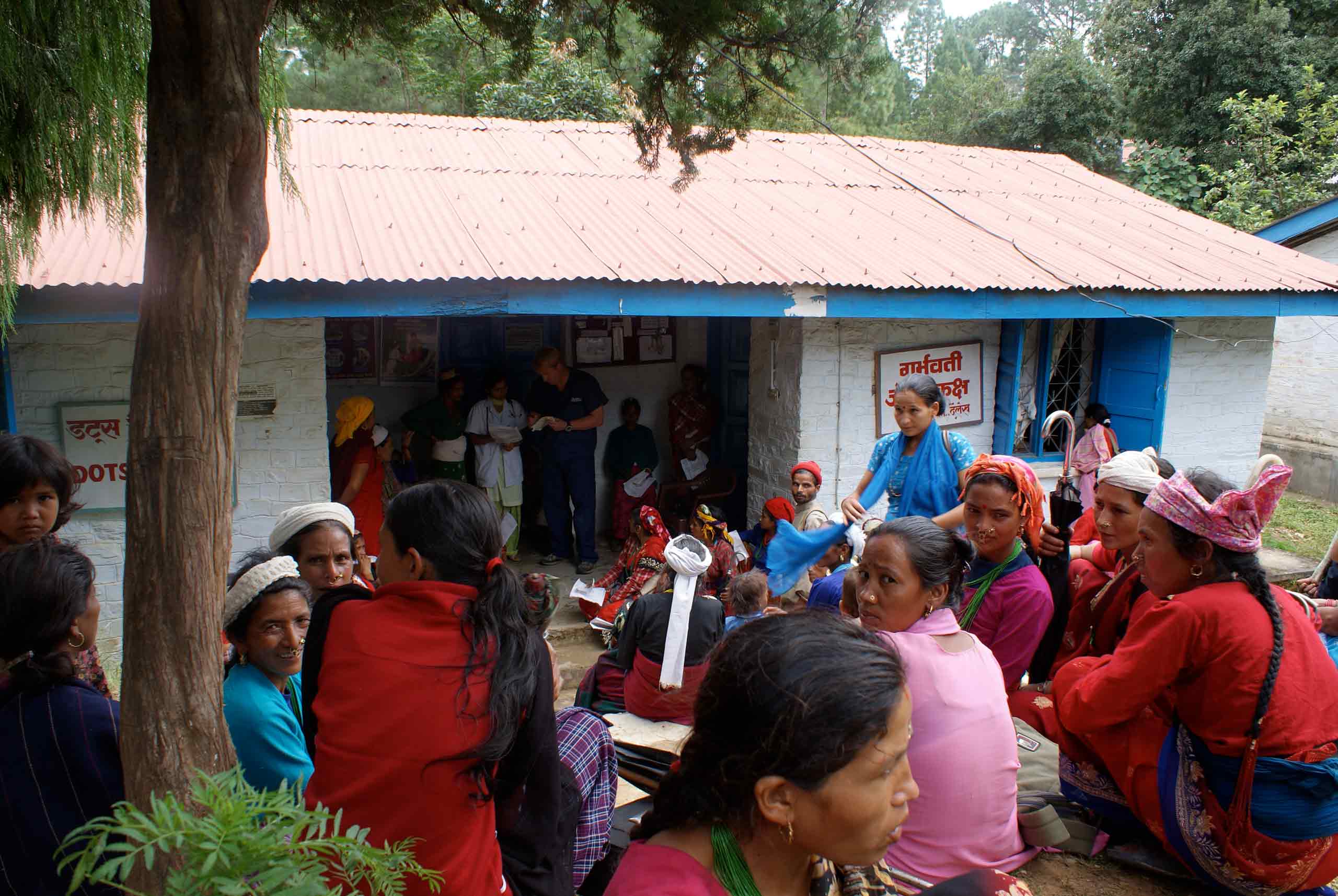
In 2006, I was invited to organize and lead a surgical mission in western Nepal, the country’s poorest and most remote region.
A Maoist coup had uprooted the region just 18 months prior to our visit, and delayed our surgical mission for a year. Once there, we met heroic local women’s health advocates trying their best to improve the dignity and healthcare for local women, at definite risk to themselves due to brutal and violent political forces in the region.
Heavy lifting, malnutrition and traumatic childbirth mean Women as young as 14 years old in this area suffer an epidemic of pelvic organ prolapse. This treatable condition leads to severe stigma and social isolation
An epidemic of pelvic organ prolapse
Prolapse in Nepal occurs on a truly epidemic scale. While I had heard this claim from the few reports I’d read, quite honestly, I didn’t fully believe the claim until I witnessed the region first hand.
Due to a combination of malnutrition, heavy physical labor and often difficult and prolonged childbirth, women in western Nepal routinely experience a profound loss of pelvic support and disabling symptoms.
From a young age, physical labor such as fetching and hauling the water supply into the village and home each day begins a ‘wear and tear’ process, similar to the development of a hernia, leading to a severity of pelvic prolapse unlike anything we witness in our surgical practice here at home.
Sadly, girls and women in western Nepal are required to handle the vast majority of heavy physical work, eventually compounded by the physical strain of childbirth—an incredible overall physical burden that eventually takes a dramatic toll.
This burden takes a social tool, too. Woman in western Nepal are often socially outcast from her family and community, in many cases forced to sleep in a different physical space such as a dirty barn with the animals.
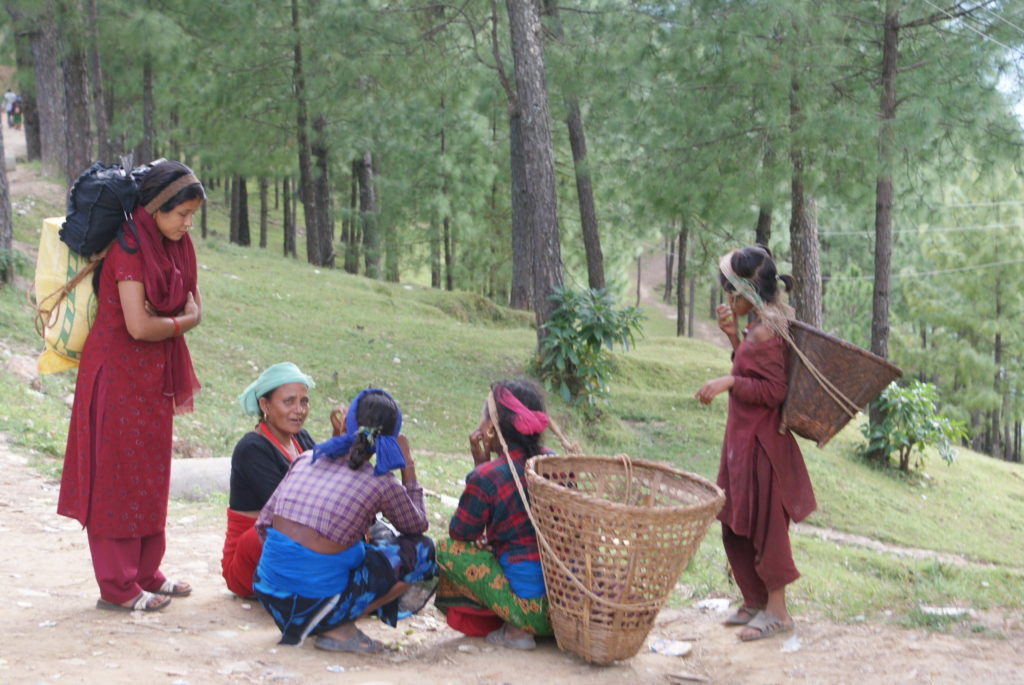
After two flights and a two-day jeep ride along mud-slicked mountainside roads subject to frequent landslides, we reached the remote village of Dailekh, Nepal.
We triaged over 400 women who had, in many cases, traveled by foot for up to 4 days for just a chance at receiving care. Our surgical clinic had been broadcast over the radio stations on western Nepal, generating perhaps a bit too much excitement, as we were facing more women than we could possibly care for.
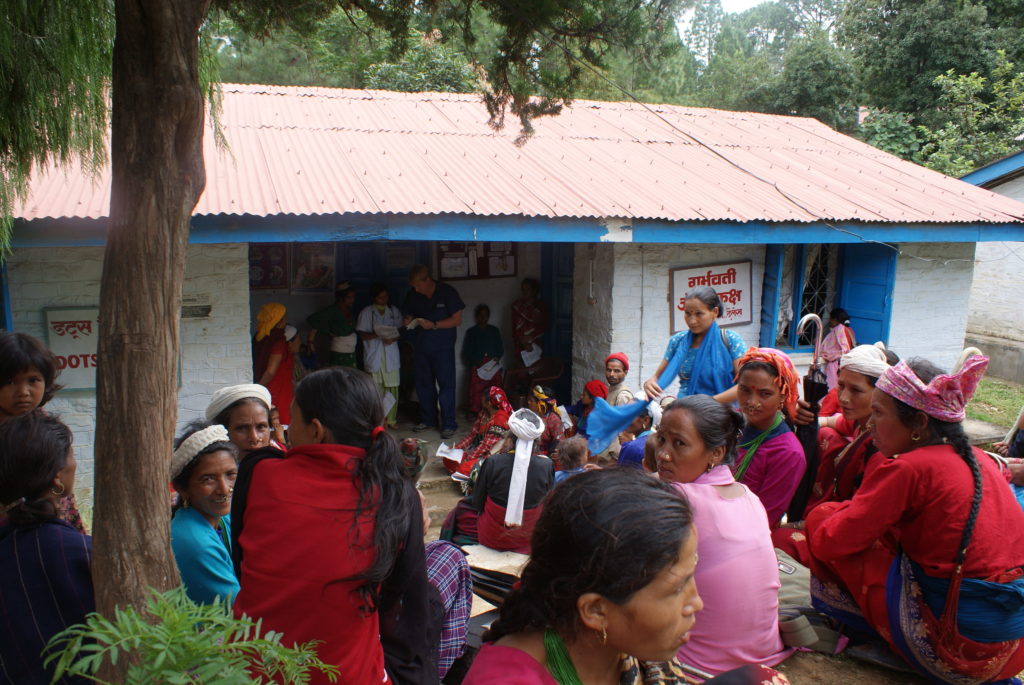
It was sad and overwhelming to see the sheer demand for our services, and disheartening to realize that we’d be able to serve only a small fraction of the women seeking help. I distinctly recall one woman who had been carried on the back of her son, for a 2-day day hike over the hills from a different village in the region.
The tribal clothing and piercings worn by the women visiting us were so vivid and colorful, and such a contrast against the backdrop of the immense poverty of this area, the muddy and cold conditions.
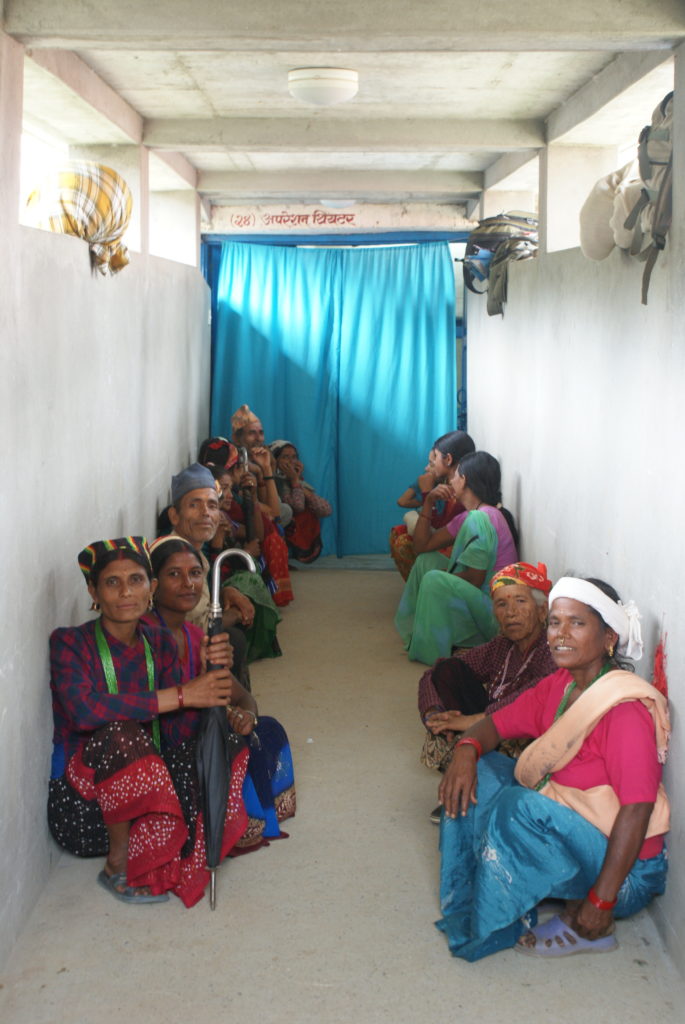
Many of us on the team were getting sick, unaccustomed to living and sleeping in cold and dirty conditions with no plumbing or heat, and minimal electricity. Just a few days into the challenge of living in Dailekh and our entire group was physically and emotionally exhausted; yet, all of us were acutely aware that for the locals this was their permanent reality.
Where health care meets culture
For women in Nepal, the uterus often has important symbolic meaning relating to sense of femininity, and as a result removing the uterus (hysterectomy) for many women is a nonstarter.
Many Nepalese women felt hysterectomy would leave them ‘empty’, less valuable, potentially even shunned by a spouse. For a visiting brigade of U.S. docs, these cultural norms can be difficult to quietly accept. But we understood our role wasn’t to change every social norm we disagreed with, but rather, to do our best to safely deliver care that met the real-time needs of these female patients within their own cultural realities.
The good news? Our team is particularly skilled in uterine-preserving surgical techniques (hysteropexy). In fact these methods were developed at our center and are a popular surgical choice among my patients back in the Chicago area. As a result, we were able to offer non-hysterectomy prolapse repairs, or uterine suspensions to many of our Nepalese patients, which met their cultural needs and could also be performed relatively quickly without expensive technology.
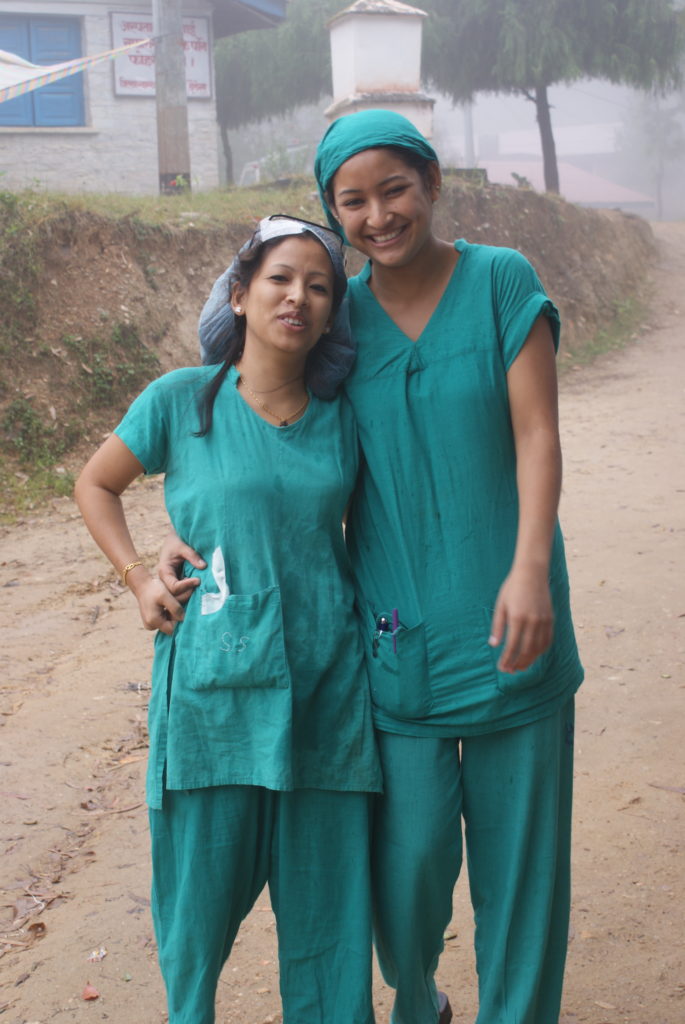
We met and partnered with heroic local women’s health advocates who were trying their best to improve the dignity and healthcare for local women, at definite risk to themselves due to brutal and violent political forces in the region.
Operating in very challenging conditions
During our visit we performed nearly 50 major surgical procedures under the most basic conditions imaginable, and during frequent power outages in the operating room I felt grateful for the REI biking headlamps I had purchased just before heading to O’Hare airport a week earlier, as these provided our only light during those episodes. We encountered young women with severe pelvic organ prolapse, in fact I distinctly recall one of our nurses helping to counsel a 14-year-old girl with a severe prolapse condition, an unspeakable situation that we would never encounter back at home. We educated many patients on the use of pessaries, and performed surgery on women who we felt would be most likely to succeed and reap the most benefits.
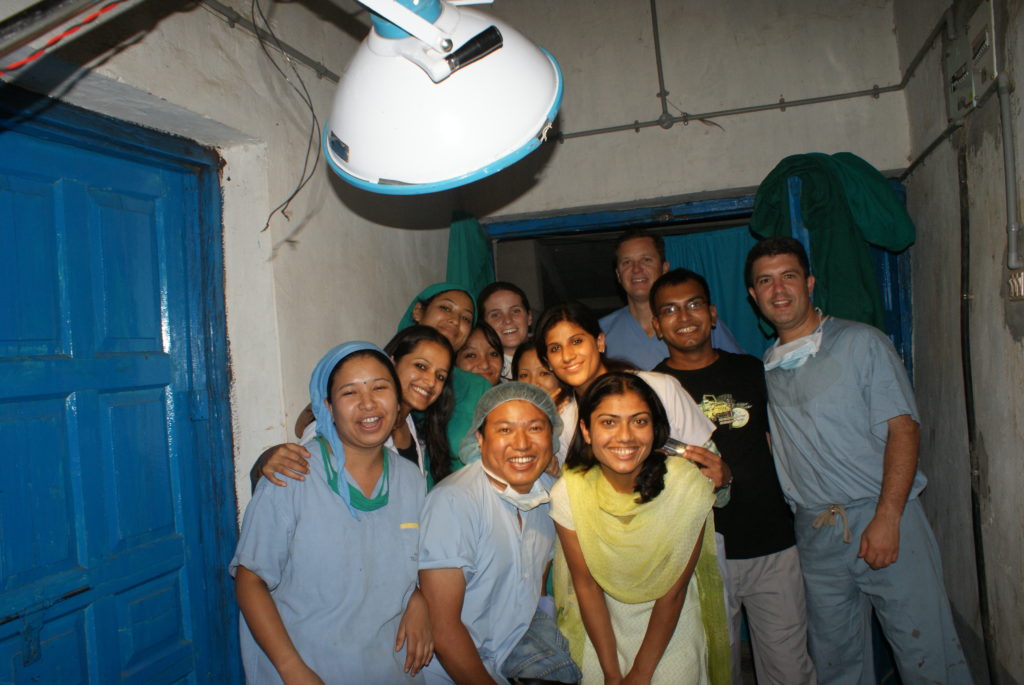
The surgical challenges in Nepal were immense — not only because these women had far more severe degrees of prolapse than we typically encounter here at home, and malnutrition that would certainly have a negative impact on healing and surgical strength, but also because of the difficult daily realities of their lives. For instance, unlike here at home where women tend to avoid heavy physical exertion during their surgical healing period, in Nepal we had little faith that our patients would be allowed to postpone heavy lifting and physical labor for very long. Women simply don’t have a powerful enough voice, and it became obvious to our team that without addressing gender rights issues, the epidemic of prolapse in western Nepal would not disappear anytime soon.
What we learned
Sadly, we needed to send many patients home with no care at all, because we had simply exceeded our capacity and equipment supply. The patients we did treat were so appreciative, and yet also so hardened and weathered by their incredibly tough reality which was the only life they had ever known and might ever know; we were told that the vast majority of these women would never even make it to Kathmandu, the capital city of Nepal.
Leaving Nepal, our team felt we had done our best to provide safe care to a number of desperate within an incredibly challenging environment. We utilized our surgical skills in pelvic floor surgery, and non-surgical care such as pessary training, to hopefully give some of these women a chance to restore their dignity and confidence.
And perhaps, we planted the seeds of an idea in this far away, turbulent part of the world that women deserve recognition and treatment of these life-changing problems.
But mostly, we were deeply saddened to realize the layers of difficulty that extend so far beyond pelvic health for these women, that without addressing the issues of deep poverty and women’s rights, the epidemic of prolapse in this area of Nepal will remain for some time.
Everyone in the group left with a heavy heart, feeling that while each of us had a return trip back to Chicago, the locals in the hills of remote Dailekh and western Nepal would live and die their full lives in the unspeakably tough conditions in those hills.
International medical missions can open your heart and break it at the same time. I consider this type of work to be an amazing privilege, something that delivers professional and personal life lessons that helps shape my compassion and perspective as a surgeon and human being.
Update from the field
We are happy to see that the International Urogynecology Association (IUGA) recently launched a program partnering with an academic center in eastern Nepal to promote education and surgical training, and we look forward to participating in the future.
Our trip to Nepal was partially sponsored by Women’s Health Foundation, and was featured in a short film produced by Academy and Emmy nominee Danny Alpert of Kindling productions. Click here to watch the film on YouTube.